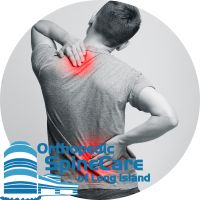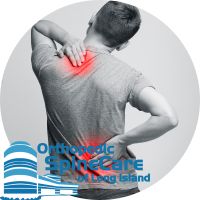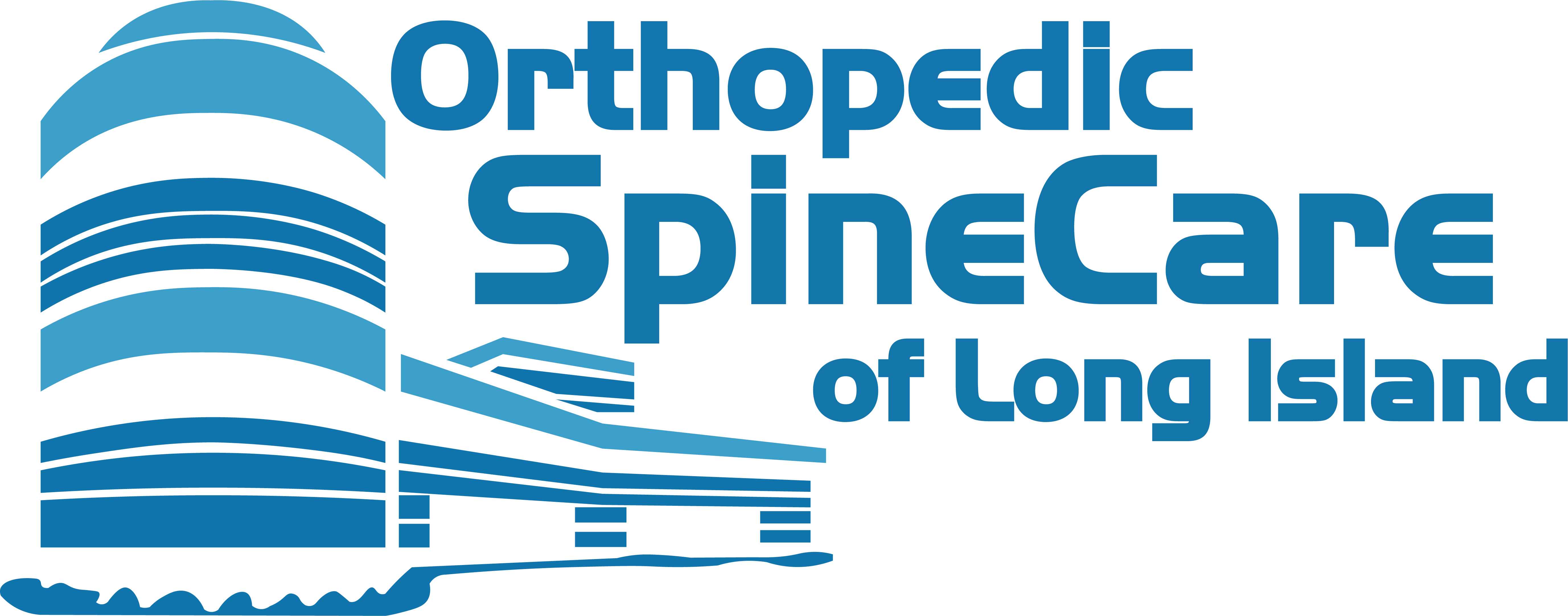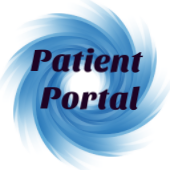Understanding Spine Anatomy
The spine is a remarkable structure that supports our body, allows for movement, and protects the spinal cord. Understanding the anatomy of the spine can help you appreciate its complexity and the importance of maintaining its health. At Orthopedic Spine Care of Long Island, our team of orthopedic doctors that accept Aetna near me is dedicated to providing comprehensive care for all spine-related issues.
The Structure of the Spine
The spine, or vertebral column, consists of 33 vertebrae divided into five regions:
- Cervical Spine: The top seven vertebrae (C1-C7) form the cervical spine, which supports the head and neck.
- Thoracic Spine: The next twelve vertebrae (T1-T12) make up the thoracic spine, which anchors the rib cage and supports the upper body.
- Lumbar Spine: The five vertebrae (L1-L5) in the lumbar region bear the weight of the upper body and are the most prone to injury.
- Sacrum: The sacrum consists of five fused vertebrae that connect the spine to the pelvis.
- Coccyx: Commonly known as the tailbone, the coccyx comprises four fused vertebrae.
The Components of a Vertebra
Each vertebra has several key components:
- Vertebral Body: The thick, disc-shaped front portion that bears weight.
- Vertebral Arch: The curved structure behind the vertebral body that encloses the spinal canal.
- Spinous Process: The bony projection at the back of each vertebra, which muscles and ligaments attach to.
- Transverse Processes: The bony projections on each side of the vertebra provide attachment points for muscles and ligaments.
- Facet Joints: These joints connect the vertebrae and allow for movement and flexibility.
Intervertebral Discs
Between each vertebra lies an intervertebral disc, which acts as a shock absorber and allows for flexibility. Each disc has two parts:
- Nucleus Pulposus: The gel-like center that provides cushioning.
- Annulus Fibrosus: The tough outer layer that holds the nucleus pulposus in place.
The Spinal Cord and Nerves
The spinal cord runs through the spinal canal and transmits signals between the brain and the rest of the body. Spinal nerves branch off from the spinal cord and exit through openings in the vertebrae, innervating different parts of the body.
Common Spine Disorders
Understanding the anatomy of the spine helps in recognizing common disorders that can affect it:
- Herniated Disc: When the nucleus pulposus protrudes through a tear in the annulus fibrosus, it can compress spinal nerves, causing pain.
- Spinal Stenosis: Narrowing of the spinal canal that can compress the spinal cord and nerves, leading to pain and mobility issues.
- Scoliosis: Abnormal lateral curvature of the spine that can cause pain and posture problems.
- Degenerative Disc Disease: The breakdown of intervertebral discs over time, leading to pain and reduced mobility.
Orthopedic Doctors That Accept Aetna Near Me
The spine is a complex and vital part of the body that requires expert care. At Orthopedic Spine Care of Long Island, our orthopedic doctors that accept Aetna near me are here to help you understand your spine health and provide the best treatment options available. Whether you are dealing with a specific spine condition or looking to maintain a healthy spine, our team is dedicated to your well-being. Schedule an appointment today with our orthopedic doctors that accept Aetna near me and take the first step towards a pain-free life.
Chronic Back Pain: Causes and Solutions
Chronic pain is a common issue that affects millions of people worldwide. Understanding the causes and exploring effective solutions can significantly improve your quality of life. At Orthopedic Spine Care of Long Island, our orthopedic doctors that accept Aetna near me specialize in diagnosing and treating chronic back pain to help you find relief.
Common Causes of Chronic Back Pain
Chronic back pain can result from various factors, including:
- Muscle Strain
- Overuse or improper use of back muscles can lead to strain and chronic pain.
- This is common in individuals with physically demanding jobs or those who perform heavy lifting.
- Herniated Disc
- A herniated disc occurs when the inner gel-like core of an intervertebral disc protrudes through its outer layer.

- This can compress nearby nerves, causing pain, numbness, and weakness.
- A herniated disc occurs when the inner gel-like core of an intervertebral disc protrudes through its outer layer.
- Spinal Stenosis
- Spinal stenosis involves the narrowing of the spinal canal, which can compress the spinal cord and nerves.
- Often caused by aging and degenerative changes in the spine.
- Arthritis
- Osteoarthritis can affect the spine, leading to inflammation, pain, and stiffness.
- Rheumatoid arthritis can also cause similar symptoms.
- Scoliosis
- An abnormal lateral curvature of the spine can cause chronic back pain, especially in severe cases.
- Degenerative Disc Disease
- The gradual wear and tear of intervertebral discs can lead to chronic pain and reduced flexibility.
Diagnosing Chronic Back Pain
Accurate diagnosis is crucial for effective treatment. At Orthopedic Spine Care of Long Island, our orthopedic doctors that accept Aetna near me use various diagnostic tools, including:
- Physical Examination: Assessing posture, range of motion, and physical condition.
- Imaging Tests: X-rays, MRI, and CT scans to visualize the spine’s structure and identify abnormalities.
- Nerve Studies: Electromyography (EMG) and nerve conduction studies to evaluate nerve function.
Treatment Options for Chronic Back Pain
Treatment for chronic back pain depends on the underlying cause and severity. Our orthopedic doctors that accept Aetna near me offer a range of solutions:
- Physical Therapy
- Customized exercise programs to strengthen the back and improve flexibility.
- Techniques such as manual therapy and modalities like heat, cold, and electrical stimulation.
- Medications
- Pain relievers, anti-inflammatory drugs, and muscle relaxants can help manage symptoms.
- In some cases, prescription medications or injections may be necessary.
- Lifestyle Modifications
- Maintaining a healthy weight reduces strain on the spine.
- Practicing good posture and ergonomic adjustments at work and home.
- Minimally Invasive Procedures
- Epidural steroid injections, nerve blocks, and radiofrequency ablation to reduce pain and inflammation.
- These procedures are performed on an outpatient basis with minimal recovery time.
- Surgery
- In severe cases, surgical interventions such as discectomy, laminectomy, or spinal fusion may be required.
- Surgery is considered when conservative treatments fail to provide relief.
Orthopedic Spine Care of Long Island
Chronic back pain can be debilitating, but effective treatment options are available. At Orthopedic Spine Care of Long Island, our orthopedic doctors that accept Aetna near me are committed to helping you achieve a pain-free life. Whether you need physical therapy, medication, or surgical intervention, our team will work with you to develop a personalized treatment plan. Don’t let chronic back pain control your life. Contact our orthopedic doctors that accept Aetna near me today and take the first step towards relief and recovery.


